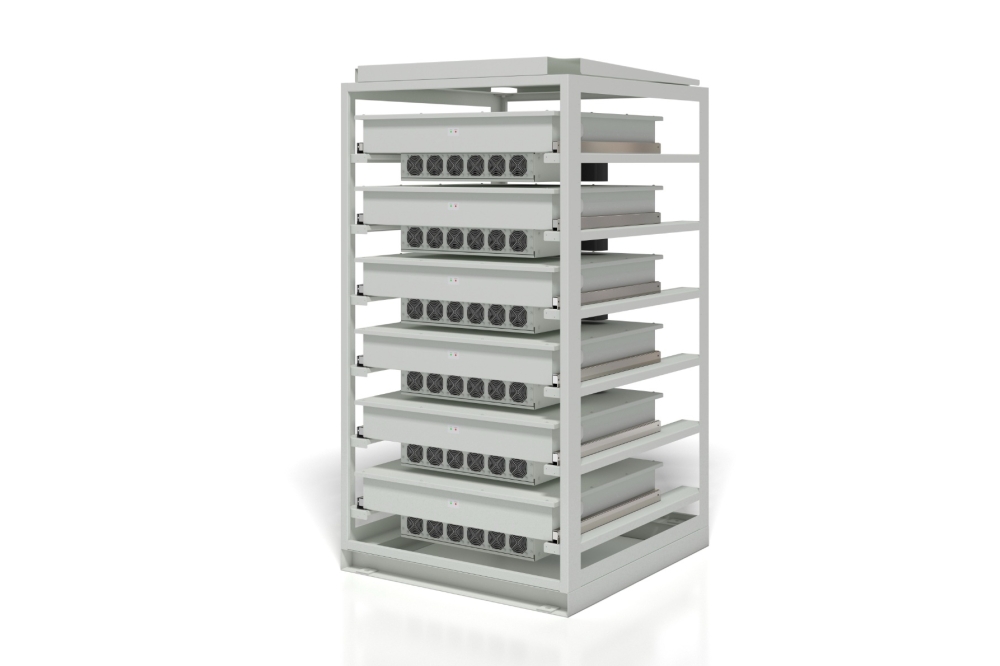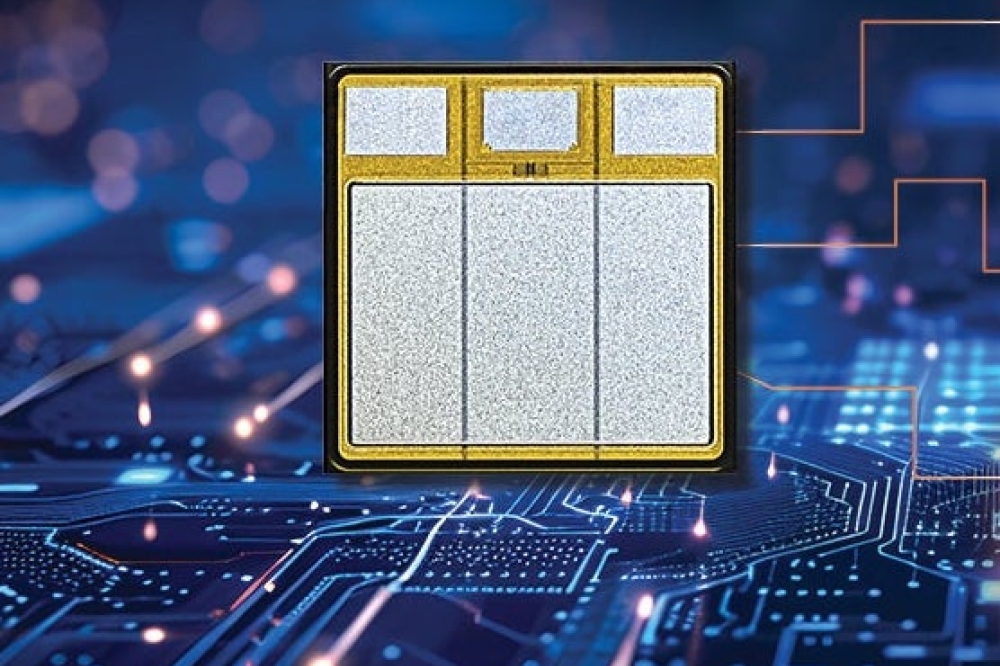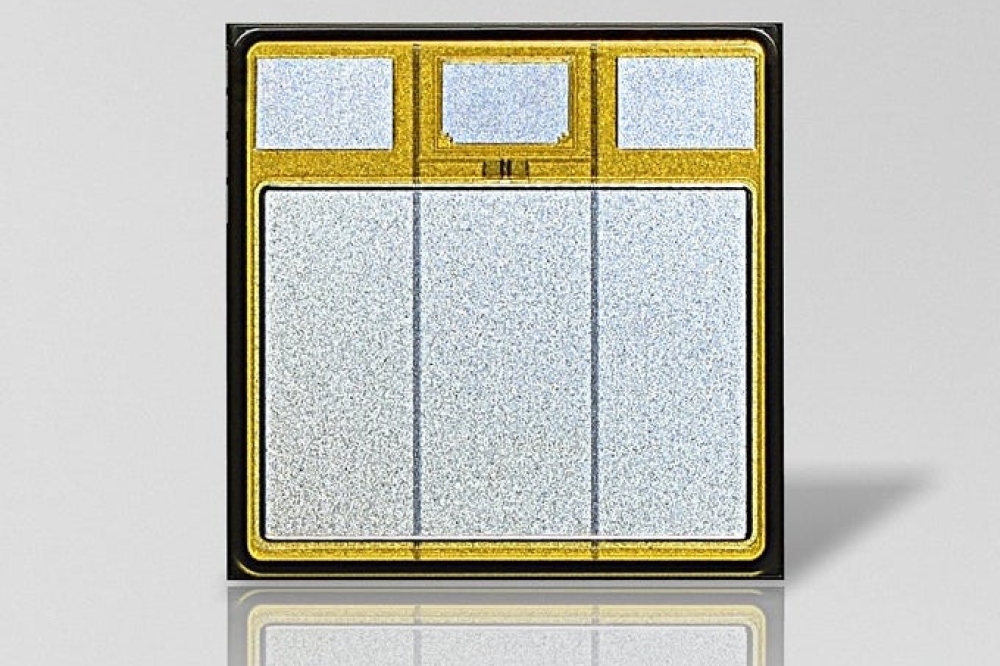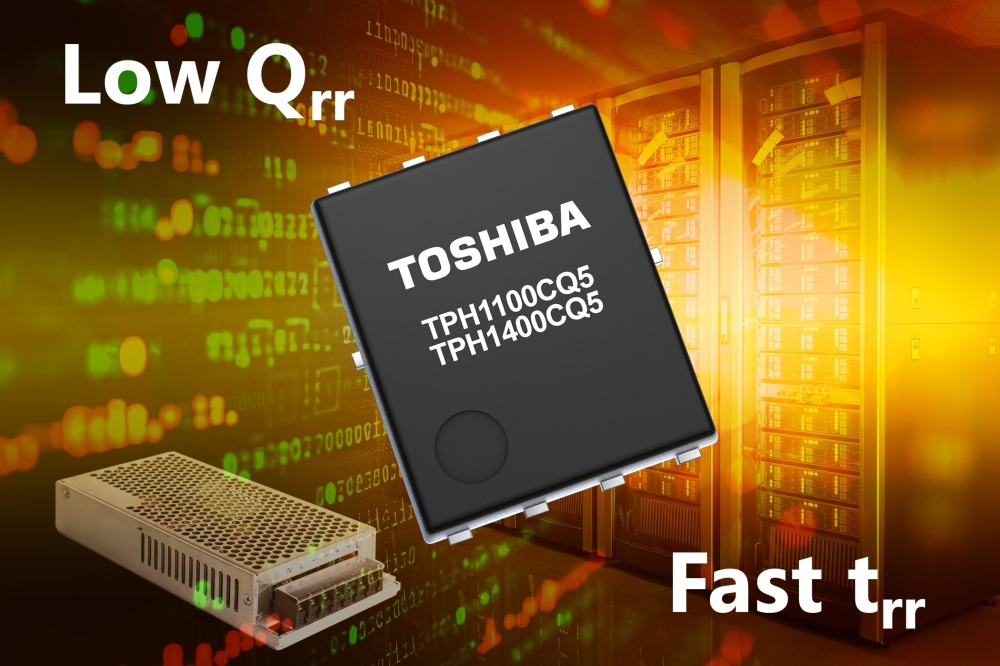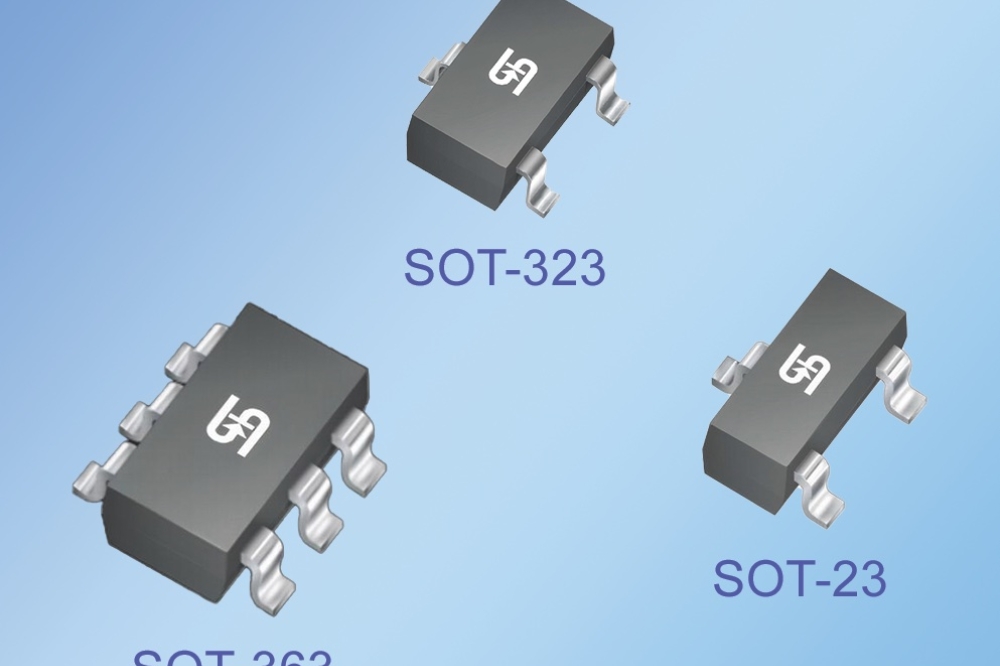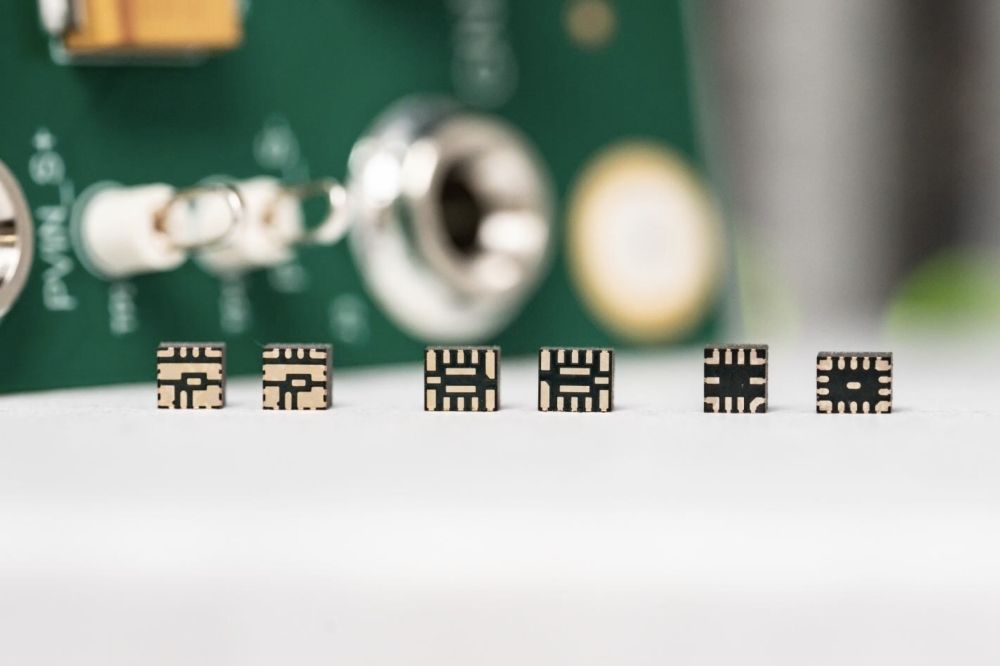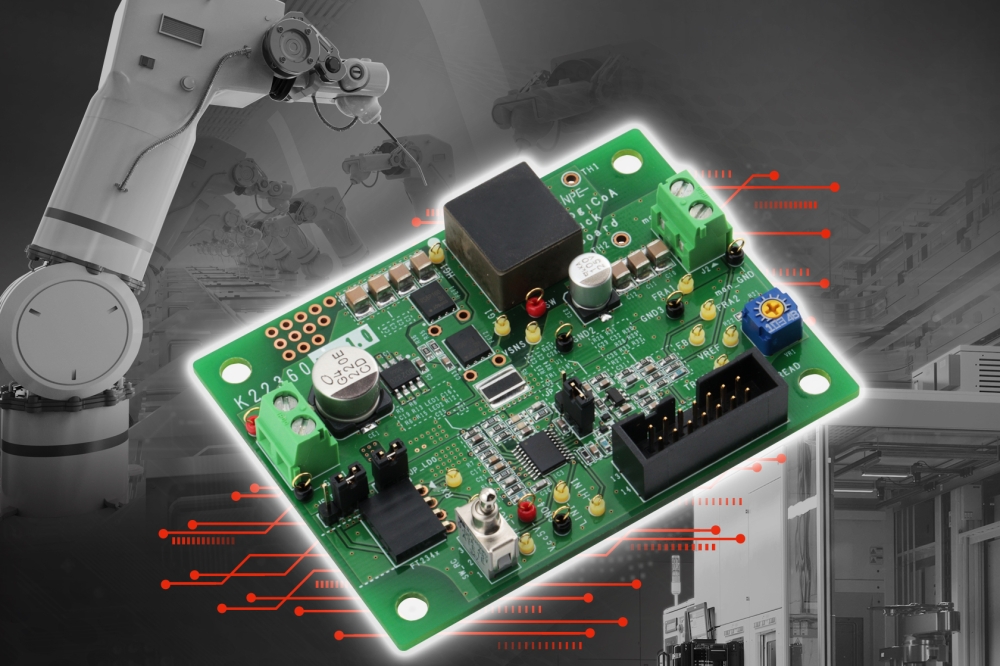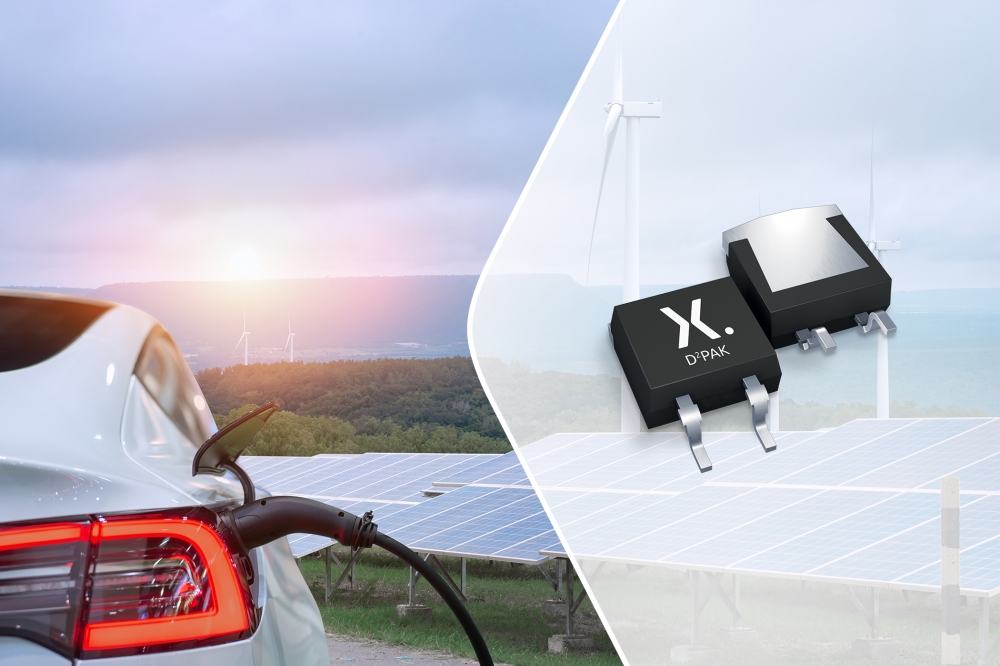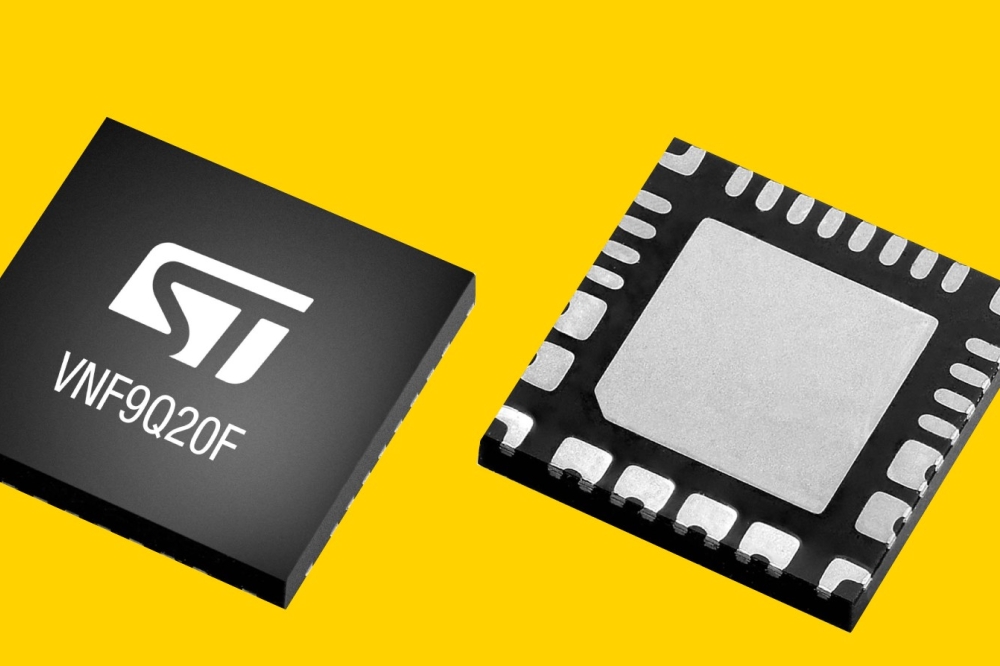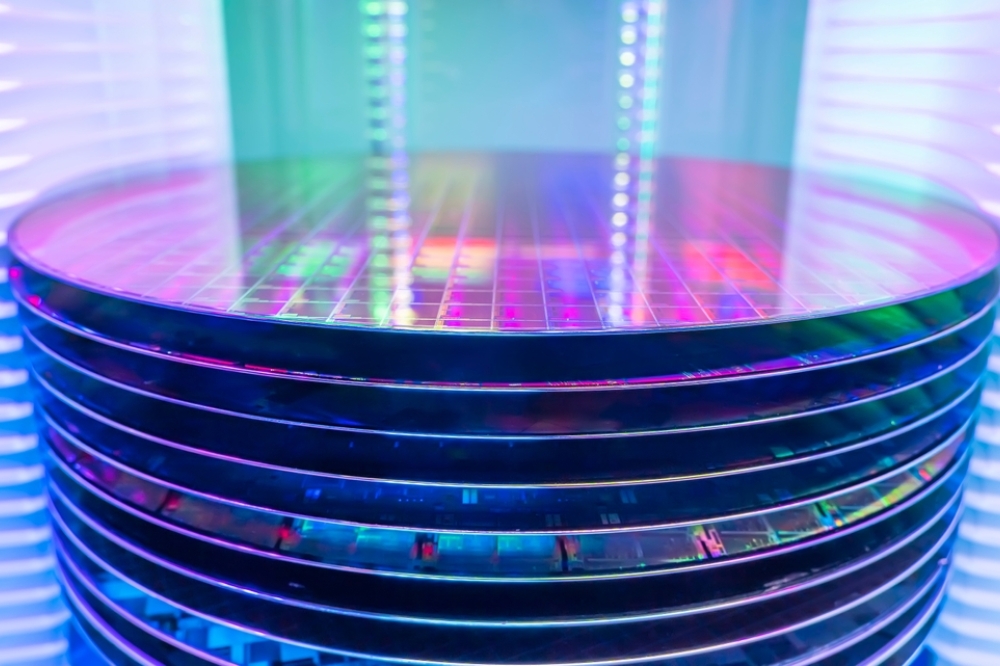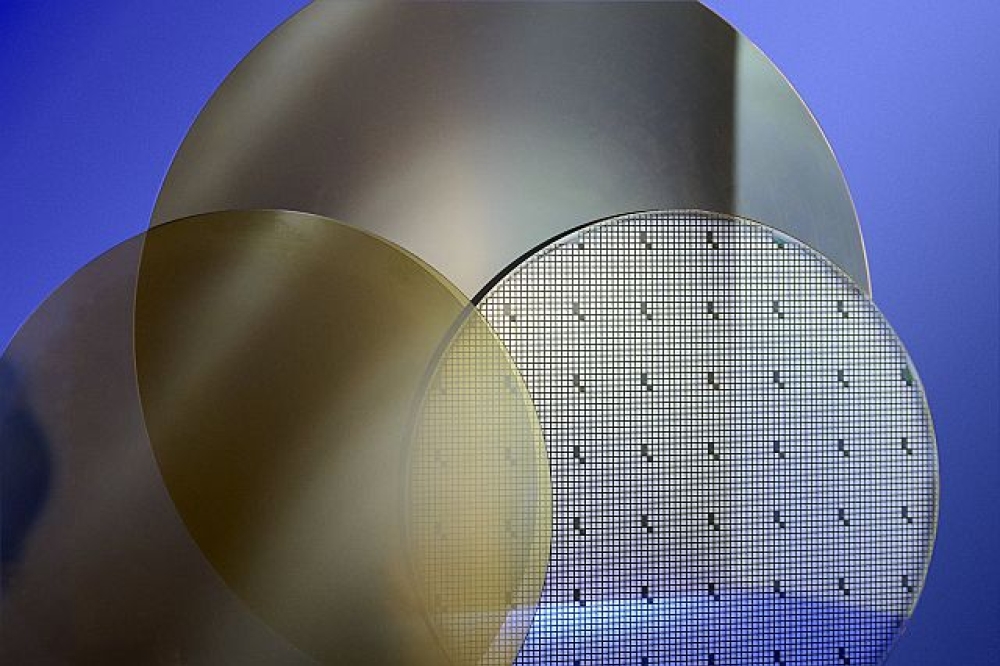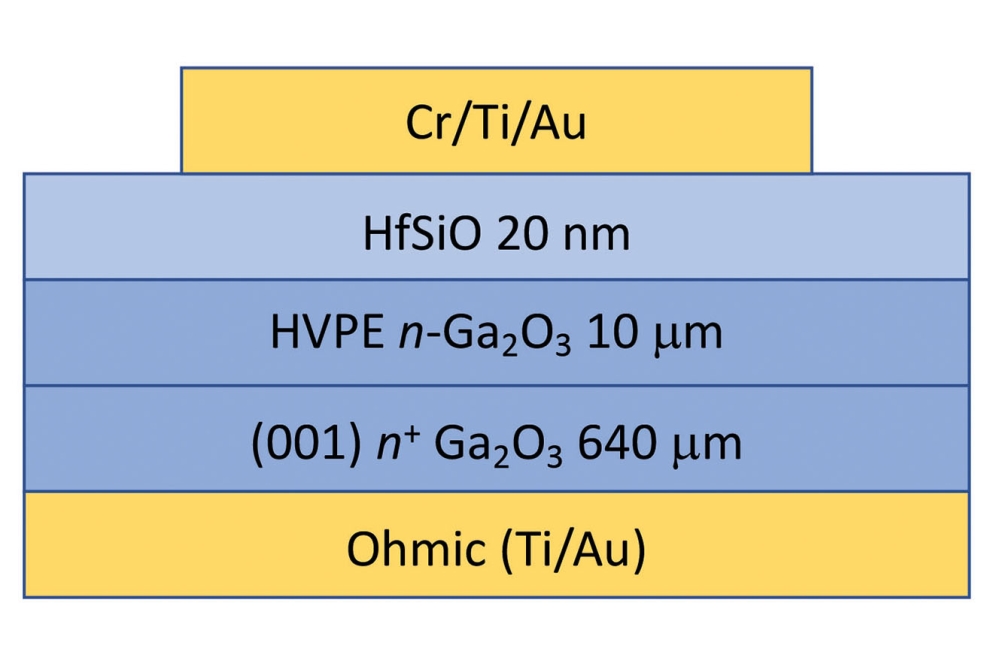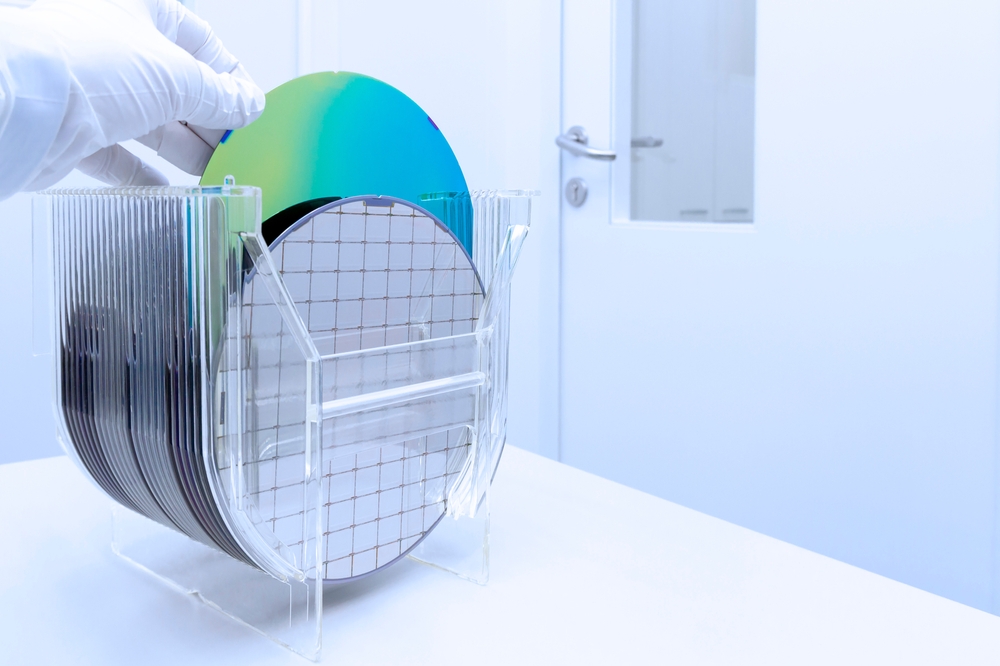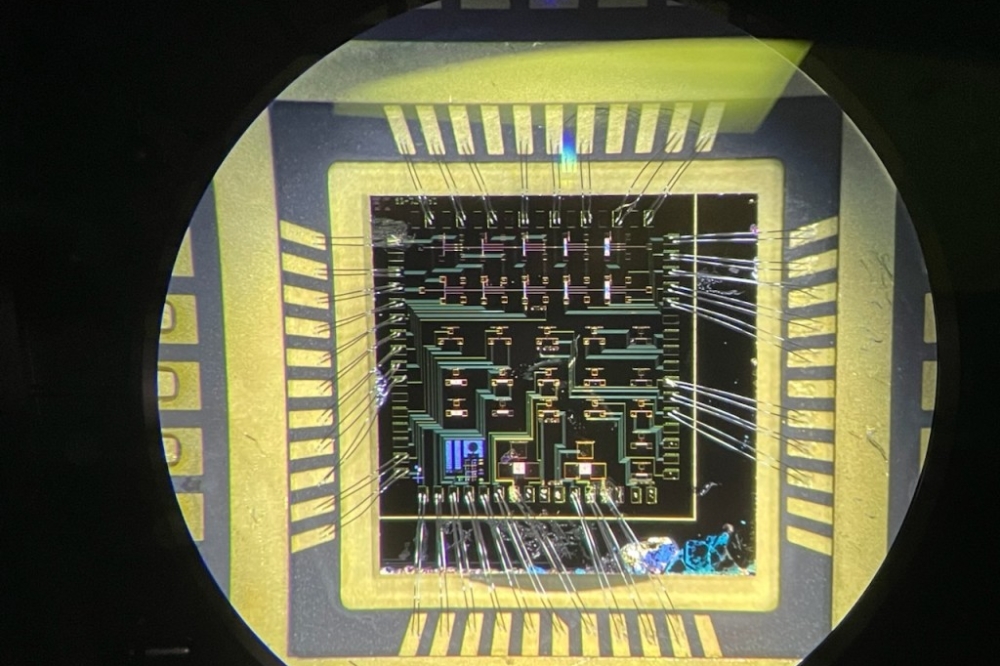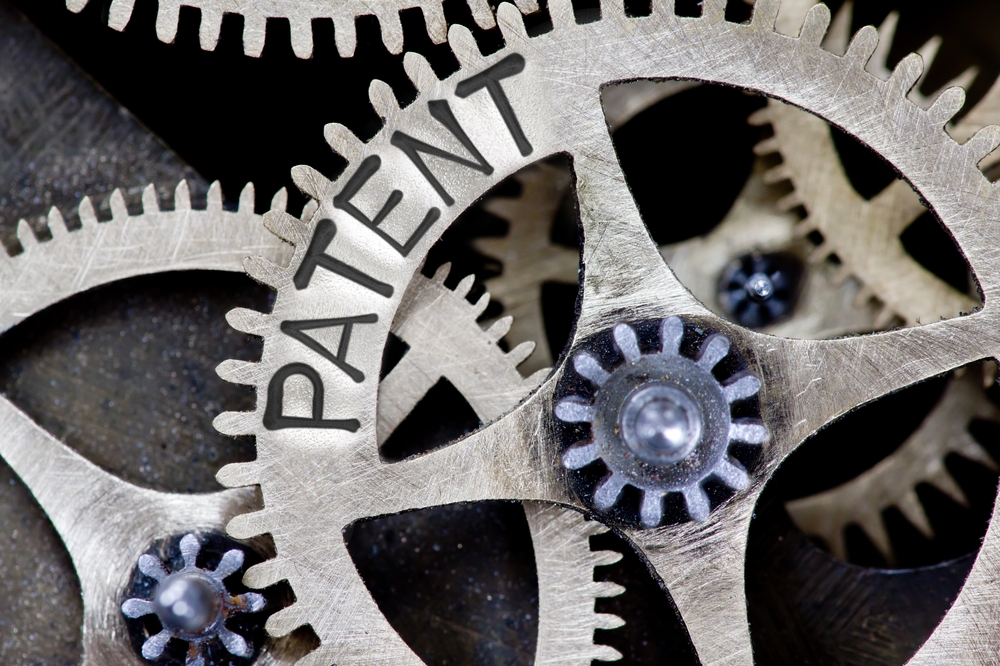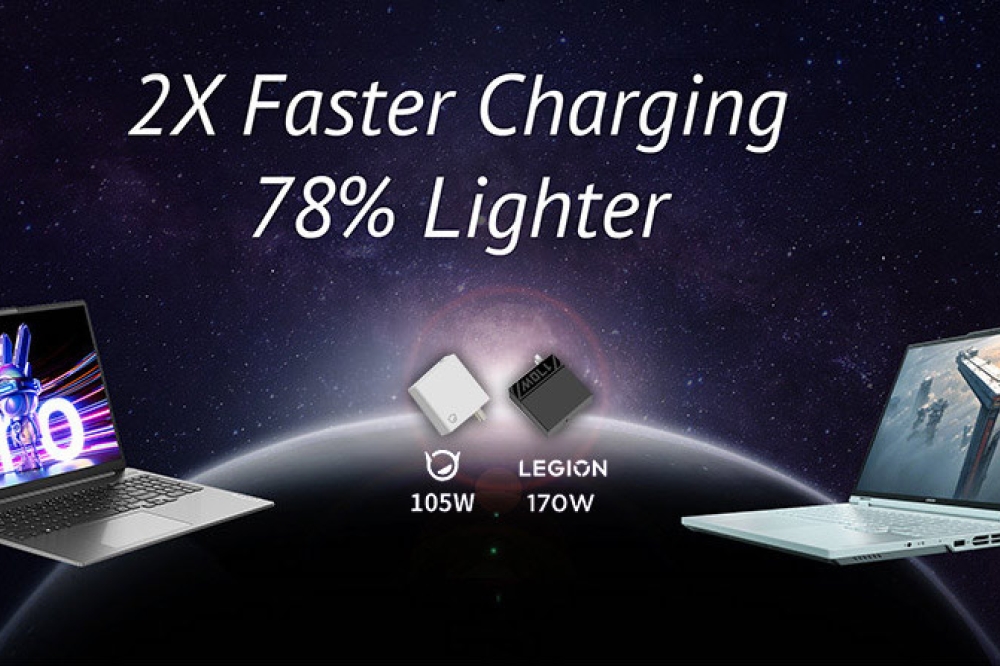
Enhancing the ferroelectric gate HEMT
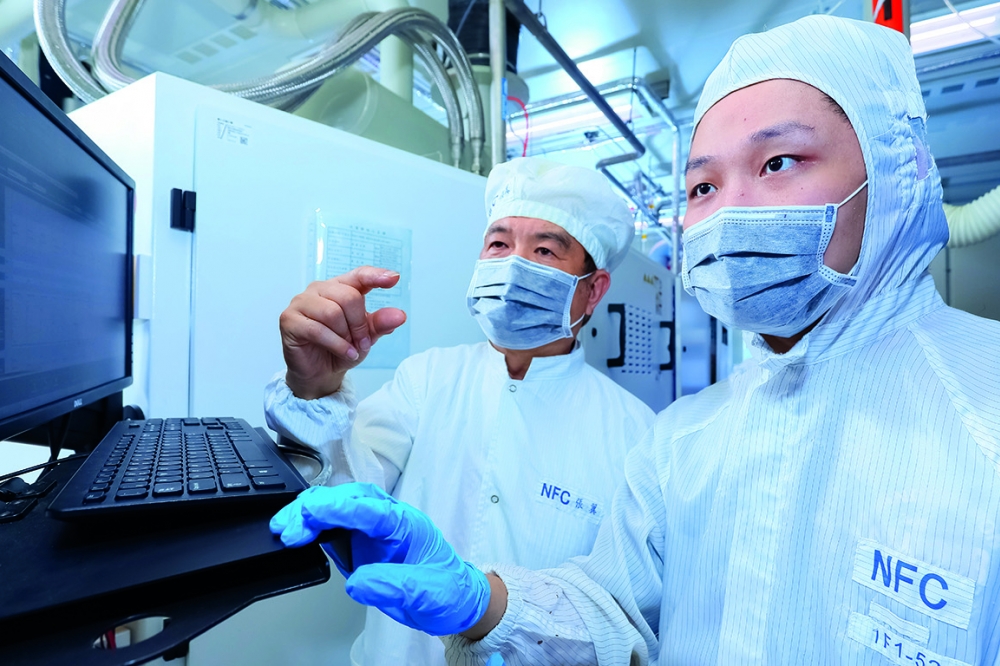
Adding lanthanum doping and a ZrO2 seed layer to a normally-off
ferroelectric gate HEMT causes leakage currents to fall, threshold
voltage stability to increase and lifetime to lengthen.
BY EDWARD YI CHANG FROM NATIONAL YANG MING CHIAO TUNG UNIVERSITY
GaN is an incredible material for producing high-power and high-frequency electronic devices. In particular, when it is used to make a HEMT, it enables exceptional performance in power switching and radio-frequency applications. Drawing on the unique polarisation-induced electric field, the GaN HEMT combines a very low resistance with a high output power. However, the internal electric field within this device is both a blessing and a curse, as it creates an obstacle to enabling
enhancement-mode operation, which is strongly desired for safe operation in power-switching systems.
Given the importance of realising enhancement-mode operation, also known as normally-off, it’s not surprising that several technologies have been developed to meet that goal. Those approaches include the introduction of a recessed gate, p-GaN gate, fluorine implantation, and oxide charge engineering. For all these designs, to avoid faulty turn-on, the threshold voltage for a power device should be around +3 V. However, meeting this requirement and ensuring normally-off operation has compromised performance, with the approaches just described for realising enhancement mode leading to an inferior current density and on-resistance, compared with state-of-the-art normally-on devices. So the search has continued for a normally-off GaN technology for power devices.
Figure 1. An enhancement-mode hybrid ferroelectric GaN HEMT with a
charge storage gate combines a high threshold voltage with a low
on-resistance and a high output current.
Offering much hope in this regard is the work of our team at the National Yang Ming Chiao Tung University, Taiwan. Recently, we have developed ferroelectric charge trapping gate (FEG) GaN MIS-HEMTs, namely FEG-HEMTs.
These hybrid, novel, high-performance devices combine good power-electronic characteristics with those associated with flash memory. Drawing on the low crystallisation temperature for solid solutions of Hf0.5Zr0.5O2 and the feasibility of atomic layer deposition, the hybrid ferroelectric charge-trapping gate stack that lies at the heart of our devices has gradually gained a great deal of attention, because it enables a simple way to realise enhancement-mode operation with a threshold voltage of more than 2.5 V. The combination of the charge-trapping layer and the ferroelectric leads to a positive shift in the threshold voltage beyond the safety margin of +2.5 V after a positive gate bias initialisation. This ensures enhancement-mode operation (see Figure 2).
Figure 2. Polarisation as function of voltage for TiN/lanthanum-doped
Hf0.5Zr0.5O2 (HZLO)(10 nm)/TiN metal-ferroelectric-metal stacks.
Our FEG-HEMTs deliver extraordinary static and dynamic performance. Their strengths include a high threshold voltage, a high off-state breakdown, and a low dynamic on-resistance. These transistors are particularly attractive for enhancement-mode high-frequency power-switching applications, and especially, their capability to provide a large forward gate voltage swing – this ensures tremendous immunity to large positive-voltage overshoot spikes. However, for the p-GaN power transistors, a gate stress of more than 10 V could easily result in gate breakdown.
The ferroelectric charge trap gate is still in its infancy, and more intensive research and development are needed before the commercialisation of this power device. A critical issue for every form of enhancement-mode GaN MIS-HEMT is its threshold voltage stability. This is especially important for GaN FEG-HEMTs, due to the charge-trapping nature of the charge-trapping layer, and also the stability of the ferroelectric behaviour – any changes here will have a big impact on threshold voltage behaviour, and can lead to instability in this key characteristic. It’s also important to note that the reliability of the FEG-HEMT could be accelerated by electron-impact ionization and the generation of thermal defects.
Figure 3. Schematic structure, transmission electron microscopy image,
and energy-dispersive spectroscopy mapping of the TiN/ lanthanum-doped
Hf0.5Zr0.5O2/plasma-enhanced ALD ZrO2 seed layer/TiN
metal-ferroelectric-metal stacks.
To further advance our devices, we have introduced lanthanum-doping to our Hf0.5Zr0.5O2, using a seed layer ferroelectric engineering technique. Read on to discover the effect of lanthanum doping on Hf0.5Zr0.5O2 ferroelectric thin films, as well as how a ferroelectric-engineered enhancement-mode
FEG-HEMT can increase the charge retention time and the time-dependent dielectric breakdown lifetime for this type of device, as well as improving its gate swing. These advances are helping to bring devices with a ferro-charge-trapping gate stack closer to commercialisation.
Ferroelectric engineering
The benefit of doping with elements from the lanthanoid series, and large trivalent dopants in general, is that they can increase the ferroelectric phase in HfO2 films and enhance the stability of the threshold voltage, thanks to a larger remnant polarisation after initialisation. In addition, when lanthanoids are added to Hf0.5Zr0.5O2 films with an acceptor centre, this can shift the Fermi level of the Hf0.5Zr0.5O2 to the mid-gap position, leading to a significant reduction in leakage current. A lower leakage current is advantageous on many fronts, enabling an increase in gate voltage swing, a lengthening of the time-dependent dielectric breakdown, and more complete charging during initialisation.
We have plotted polarisation-voltage loops of our lanthanum-doped Hf0.5Zr0.5O2 metal-ferroelectric-metal structures for different post-metal annealing temperatures. We found that polarisation increases with annealing temperature, and only the highest annealing temperature, 700 °C, caused the sample to exhibit a wake-up-free behaviour in its pristine state.
Additional measurements showed that lanthanum doping delivers a significant reduction in the leakage current of these structures. Here, lanthanum acts as an amorphiser in hafnium oxide.
Figure 4. Polarization versus voltage plots of lanthanum-doped
Hf0.5Zr0.5O2 metal-ferroelectric-metal stacks featuring a ZrO2 seed
layer.
Figure 5. DC leakage current characteristics.
To lower the thermal budget while maintaining the benefits of lanthanum doping – including a high remnant polarisation and a reduced leakage current – we introduced a seeding layer. Inserting a seed layer of ZrO2, grown by plasma-enhanced atomic layer deposition, beneath the lanthanum-doped Hf0.5Zr0.5O2 enhanced its nucleation and slashed the temperature required for post-deposition annealing (see Figure 3). Our measurements revealed that the addition of the seed layer also increased the strength of the polarisation by 50 percent, and cut the annealing temperature for wake-up-free behaviour from 700 °C to 400 °C (see Figure 4). From this, we have concluded that we have realised a more stable ferroelectric behaviour, which aids the threshold-voltage stability of FEG-HEMTs. The addition of the seed layer, as well as the introduction of lanthanum, benefits electrical characteristics, with the soft breakdown significantly muffled and the hard breakdown further delayed (see Figure 5).
We have found that the addition of our ZrO2 seed layer promotes the formation of the o-phase, improves crystallinity, and reduces the thermal budget. This led us to investigate whether this seed layer could decrease the annealing temperature required for the FEG-HEMT to exhibit its ideal characteristics.
Initial results are very encouraging. Our enhancement-mode GaN FEG-HEMT exhibits a positive threshold voltage of 3.7 V and threshold voltage hysteresis of just 0.12 V (see Figure 6). The output characteristics are a maximum drain current density of 560 mA/mm and an on-resistance of 9.8 Ω·mm. The off-state breakdown voltage is as high as 917 V at a gate-source voltage of 0 V, while the ratio of dynamic to static on-resistance is low, with a value of just 1.37.
Figure 6. Static and dynamic on-resistance performance of the FEG-HEMT
with a laminated ferroelectric gate stack formed with lanthanum-doped
Hf0.5Zr0.5O2, grown on a ZrO2 seed layer.
Improving reliability
The combination of the lanthanum-doped Hf0.5Zr0.5O2 and the seed layer leads to promising gate leakage and gate breakdown characteristics for the laminated ferroelectric gate stack (see Figure 7). Thanks to an enhanced nucleation seeding layer and crystallisation of La2O3, there is no longer a soft breakdown, and there is a high hard breakdown voltage. Improvements in gate breakdown lead to a larger off-state breakdown voltage, more complete charging of the charge trapping layer, and a higher gate swing.
We have undertaken an electric-field-accelerated time-dependent dielectric breakdown test on our laminated ferroelectric-gate stacks with lanthanum doping and seed layers (see Figure 8). Using a gate-voltage power-law model to analyse trap generation and gate leakage mechanisms, we determined, using a failure rate of 0.01 percent, that our ferroelectric charge trapping gate stack could withstand a voltage of up to 13.38 V for 10 years.
This is a very encouraging result, given that in the literature, the equivalent figure for p-GaN devices with a failure rate of 63.2 percent is below 6.5 V. The high time-dependent dielectric breakdown shows that in addition to exceptional electrical characteristics, our FEG-HEMTs can handle a larger gate voltage swing.
As well as improving gate leakage, our ferroelectric-engineered FEG-HEMTs with a seed layer offer improved threshold voltage stability. These enhancement-mode devices have a threshold voltage of 3.1 V after a 30,000 s threshold-voltage retention test (VGS = 0 V, VDS = 0 V). What’s more, the threshold voltage values after 1,000 s shows a stable trend. We estimate a threshold voltage of 2.9 V for a retention time of 10 years.
Figure 7. IG-VG gate leakage and gate breakdown characteristics. Inset
shows data from previous works without the enhanced ferro-charge
trapping gate stack.
Figure 8. Lifetime prediction of the FEG-HEMT with lanthanum-doped Hf0.5Zr0.5O2, grown on a ZrO2 seed layer.
Our novel hybrid ferroelectric charge trap gate stack scheme has introduced a brand new perspective to realising enhancement-mode operation in GaN MIS-HEMTs, so that they meet system-level requirements found in the likes of the electric vehicle and photovoltaic industries.
As well as the efforts described here, in recent years investigations have evaluated the possibility of improving FEG-HEMTs via nitrogen incorporation, other forms of ferroelectric engineering, and the addition of a source-connected field plate. With all this progress, there is good reason to believe that enhancement-mode GaN FEG-HEMT technology is destined to play a major role in the future of GaN power electronics.


